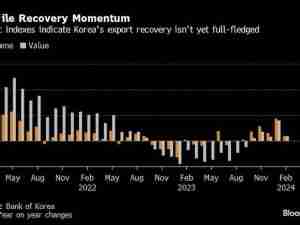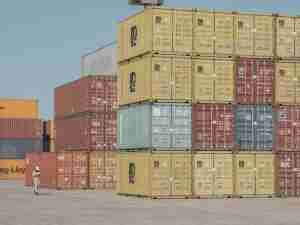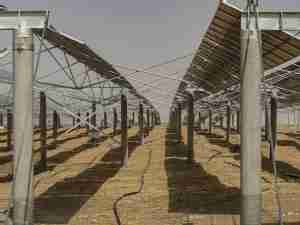Vietnam, the world’s biggest grower of the robusta variety used in instant coffee and espresso, is heading for a larger crop this season, adding to global supply and increasing pressure on prices, which have dropped more than 10% in the past two months.
The five provinces in the Central Highlands, the country’s coffee belt, expect to produce more than 1.8 million tons of beans from the harvest just starting, up from 1.76 million tons a year earlier, according to separate estimates from each province collected by Bloomberg.
“I think 1.8 million tons would be the highest ever for a coffee crop in the Highlands,” said Trinh Duc Minh, head of the Buon Ma Thuot Coffee Association in Dak Lak province. “That’s what the nation as a whole used to produce.” The US Department of Agriculture estimates national output at 1.85 million tons.
Generally favorable weather and replanting of old trees have boosted yields. The five Central Highlands provinces of Dak Lak, Lam Dong, Dak Nong, Gia Lai and Kon Tum grow more than 90% of the country’s crop.
The higher production brings some good news at last for coffee drinkers. In Brazil, the world’s biggest grower of the milder-tasting arabica variety, more than two years of frost and drought have weakened the trees and led to a drop in production, with the plantations potentially taking years to recover fully.
Tightening supplies drove arabica futures in New York to the highest level in more than a decade in February this year, while robusta prices in London reached the strongest mark since 2011 in December.
All five provinces are forecasting higher robusta yields with Lam Dong, the second-largest grower, having the strongest among them. Nguyen Van Son, director of its agriculture department, attributed this to high-yielding, pest-resistant varieties, increased production from replanted farms and the application of new technologies, such as automatic irrigation and fertilization.
Harvest Starts
A few districts in Dak Nong began selective fruit picking last month after an early flowering because of showers starting in February. Selective harvesting started this month in Dak Lak and Lam Dong, and is set to begin in Kon Tum in early November. Gia Lai growers are likely to start gathering fruit next week.
The harvest peaks in November and December, and heavy rains forecast for these months could take a toll on progress and bean quality, according to provincial authorities. Rainfall in the Highlands may be double the historical average next month and 40% higher in December, according to the national weather agency. Potential shortages of fruit pickers also worried officials in Lam Dong, Dak Nong and Gia Lai provinces. Lack of local pickers could result in a drop in bean quality, said Dak Nong province agriculture department.







